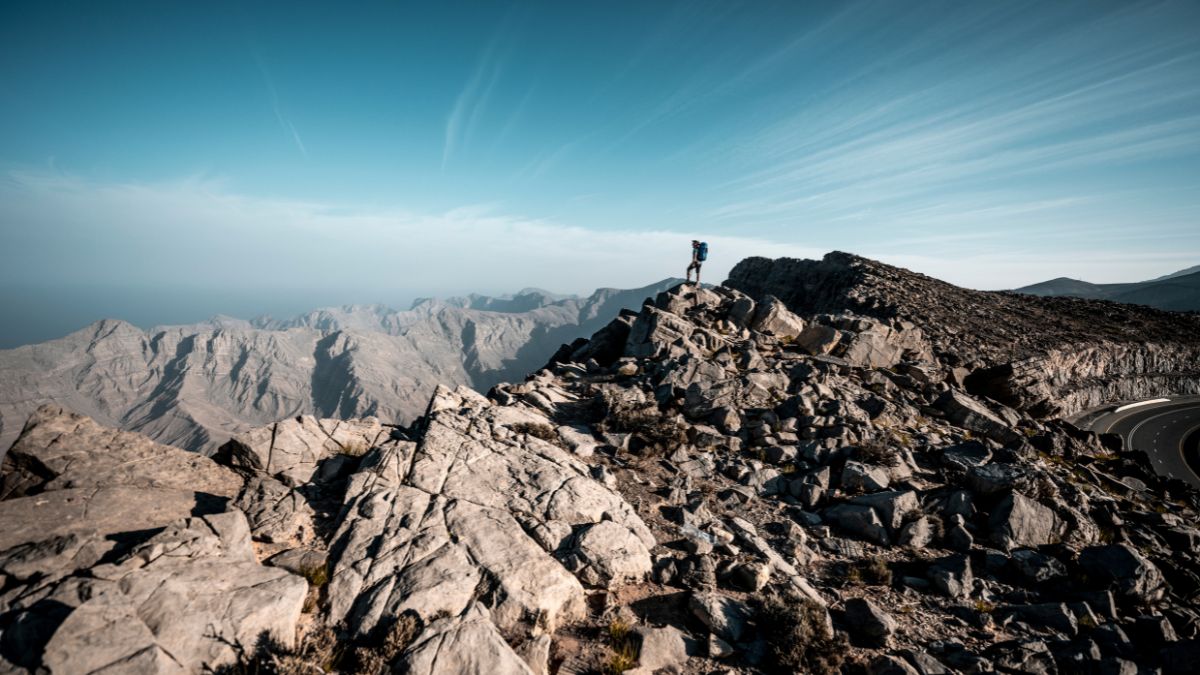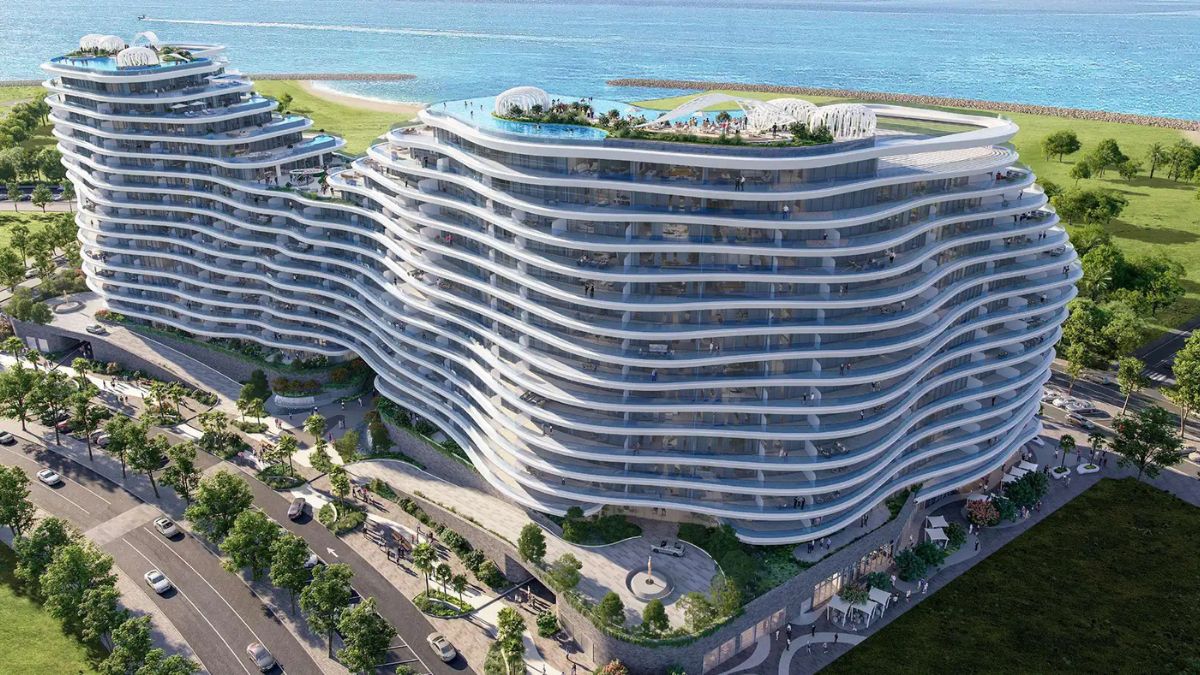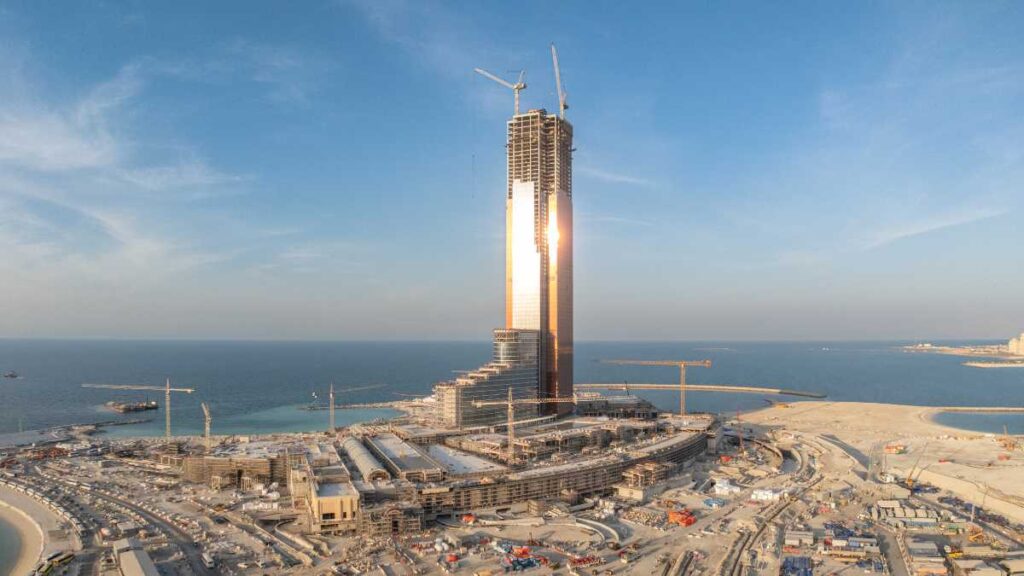In business, every detail counts. Finding ways to infuse vitality and tranquillity into workspaces is essential. Amidst the desks, screens, and conference rooms, there exists an opportunity to introduce a touch of nature’s charm: a terrarium.
This article explores essential information about terraria and some basic steps in building them.
What Is a Terrarium?
Terraria are glass-enclosed spaces that add a splash of vibrant natural colours to indoor areas. These man-made ecosystems bring the outdoors in, enhancing productivity and well-being effortlessly while adding a pleasing whimsical quality to any space.
These downsized forests are more than just eye-catching displays; they represent a fusion of art and ecology, offering a glimpse into the delicate balance of nature. From lush ferns to resilient succulents, the endless possibilities allow you to curate a verdant oasis tailored to your business space.
Beyond aesthetic appeal, a terrarium offers practical benefits that resonate with the demands of contemporary business environments. It is low-maintenance, requiring minimal attention while providing maximum visual impact – a perfect solution for busy professionals seeking to enhance their surroundings without added stress.
However, for those who prefer to leave the gardening to the experts, there’s another avenue to explore: professional indoor landscaping and maintenance services. These services offer a hassle-free solution for businesses looking to incorporate greenery into their spaces without the time or expertise required for DIY terrarium projects.
Terrarium Types
Terraria come in two main types: closed and open. They are very similar and can be built using the same materials. However, they also have some differences, the most important being the kind of container.
Closed Terrarium
Closed terraria have lids or covers that trap air and moisture inside. The plants inside can grow and survive without being watered for long periods.
Plants that thrive in humid conditions are best for closed terraria. Examples include:
- Peperomia prostrata (String of Turtles)
- Fittonia albivenis (Nerve plant)
- Epipremnum aureum (Pothos)
- Pteridophyta (Ferns)
Most closed terraria are small, as big ones can be more daunting to build and maintain. While most of these greenspaces are found in public spaces like zoos and educational institutions, you can opt for this kind of display for your commercial space with the help of professional landscaping contractors in Dubai.
Open Terrarium
As the name implies, an open terrarium makes use of uncovered containers. As such, they allow sufficient air to flow and water to evaporate.
Because of this, plants in an open terrarium have to be watered regularly. The good news is that the arrangement can be placed in any area of your home as long as it is not under direct sunlight.
Succulents, cacti, air plants and other types of plants that thrive in dry conditions are ideal for open terraria.
Terrarium Project Guide
Before starting the terrarium project, you must determine the type of terrarium you want. Think about where to place it and how much time you can devote weekly to care for it. Also, consider whether you want professionals to handle the building and upkeep or just the maintenance of your green space.
Then, you’ll have to choose the kinds of plants you want to place inside. Do you prefer colourful ones, or are green mosses and ferns more to your liking? Either way, you will have a wide variety to choose from when you visit your local nursery.
If you hire professionals to build this, the landscape company should also give you their recommendations and proposed design before starting the work.
Whether you plan to build it yourself or hire professionals to do it for you, it pays to know the following basic steps in building a terrarium:
- Prepare the space.
First, choose a spot for your terrarium. This is where you or the professionals you hire will build an enclosure.
A terrarium must be made of transparent material to allow natural light to enter, whether it’s glass or polyvinyl chloride (PVC).
There are various shapes and sizes you can select from, but make sure it is at least 6 inches tall so that there will be room for the soil and drainage layers. Of course, that needs to be bigger for large terraria.
Next, select the plants you want to grow. First-timers should stick to succulents, ferns, live moss, and peperomias. However, professionals with the necessary horticultural experience can offer various choices.
Your terrarium will also need pebbles, river rocks or decorative stones, potting soil, activated charcoal, and sphagnum moss.
- Create the first layer.
At this stage, the pebbles, stones, or rocks are placed at the bottom of the container. This layer will ensure that excess water or moisture won’t stay in the terrarium, which can cause the plant roots to rot.
- Add the activated charcoal.
After the pebbles, landscape professionals add a light layer of charcoal on top of the first level. This layer will prevent the moisture from becoming too stagnant in the container. It also reduces the risk of bacteria and mould growth inside the terrarium.
- Insert the barrier.
Next, place the coffee filter or sphagnum moss over the charcoal layer. This barrier will prevent the soil from trickling down into the bottom layer.
- Add the soil.
Then, landscape professionals moisten the soil to be placed inside the terrarium. If you plan to make a small terrarium yourself, you can use an old funnel to have an easier time putting the soil where you want it to go inside the container and keep it from mucking up the vessel.
- Check the plants for any signs of insects.
The last thing you want is for your terrarium to be the home and feeding garden of bugs. To prevent this, your landscape company must ensure the plants are insect-free.
- Add the plants.
After checking the plants, it’s time to add them to the container. If you have an arrangement in mind, you can ask your landscape company to design the terrarium around it. Make sure you factor in their heights and assemble them from smallest to tallest so you can see every plant.
If you are given several plants, it also helps to know which ones have the same light and moisture requirements. This way, you won’t have to worry about any particular variety because they can all thrive in the same environmental conditions.
Add some decorative shells, figurines, and other trinkets if you want your terrarium to look more interesting or showcase your creativity and personality. For larger terraria, consider incorporating a moss wall for that authentic forest feel.
Explore the Possibilities
A terrarium can offer more than just visual appeal – they bring nature’s tranquillity into the heart of business spaces. Whether you do it yourself or leave it to the pros, these miniature ecosystems inspire productivity and well-being, enriching work environments with effortless elegance and natural charm. Explore the possibilities today.












